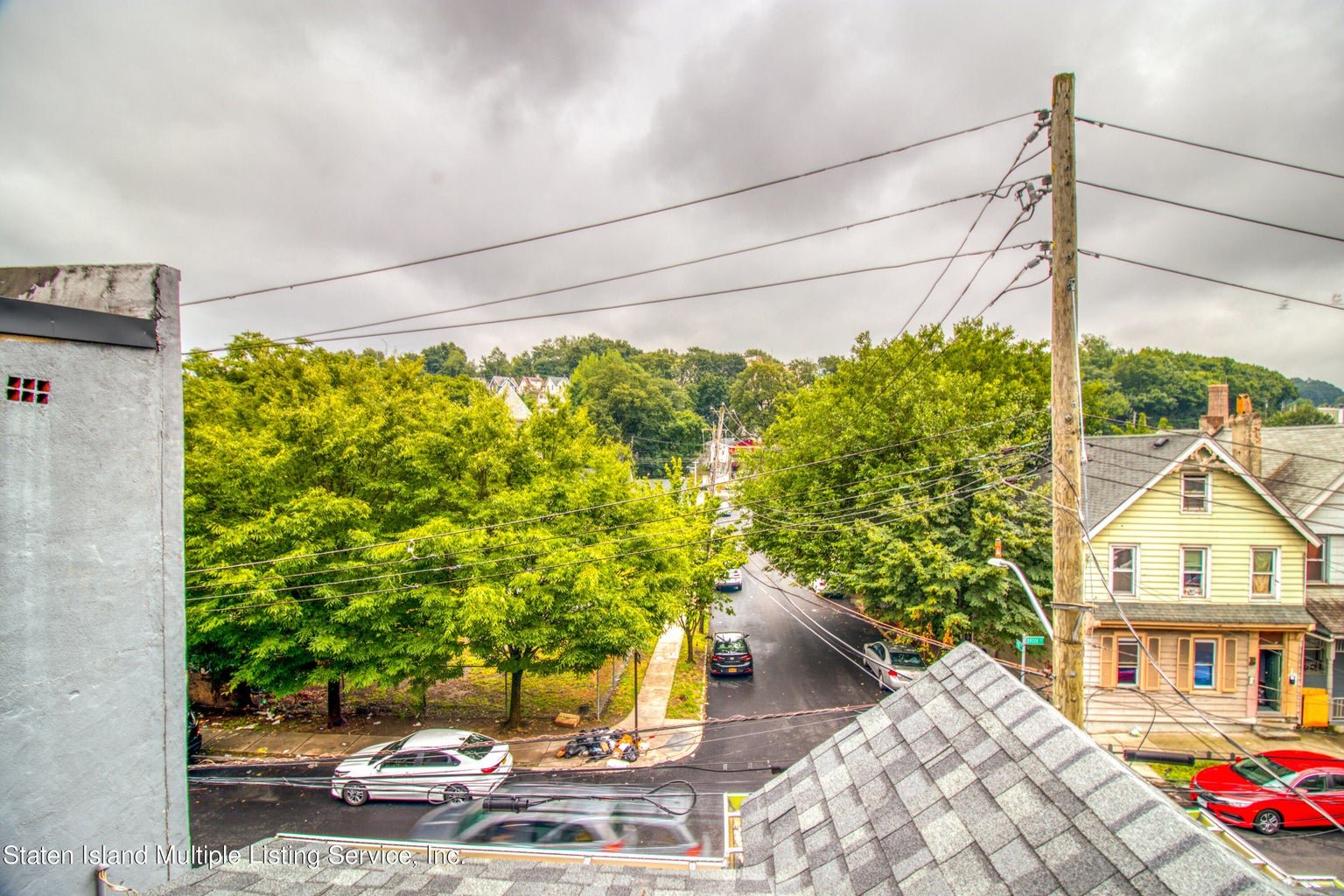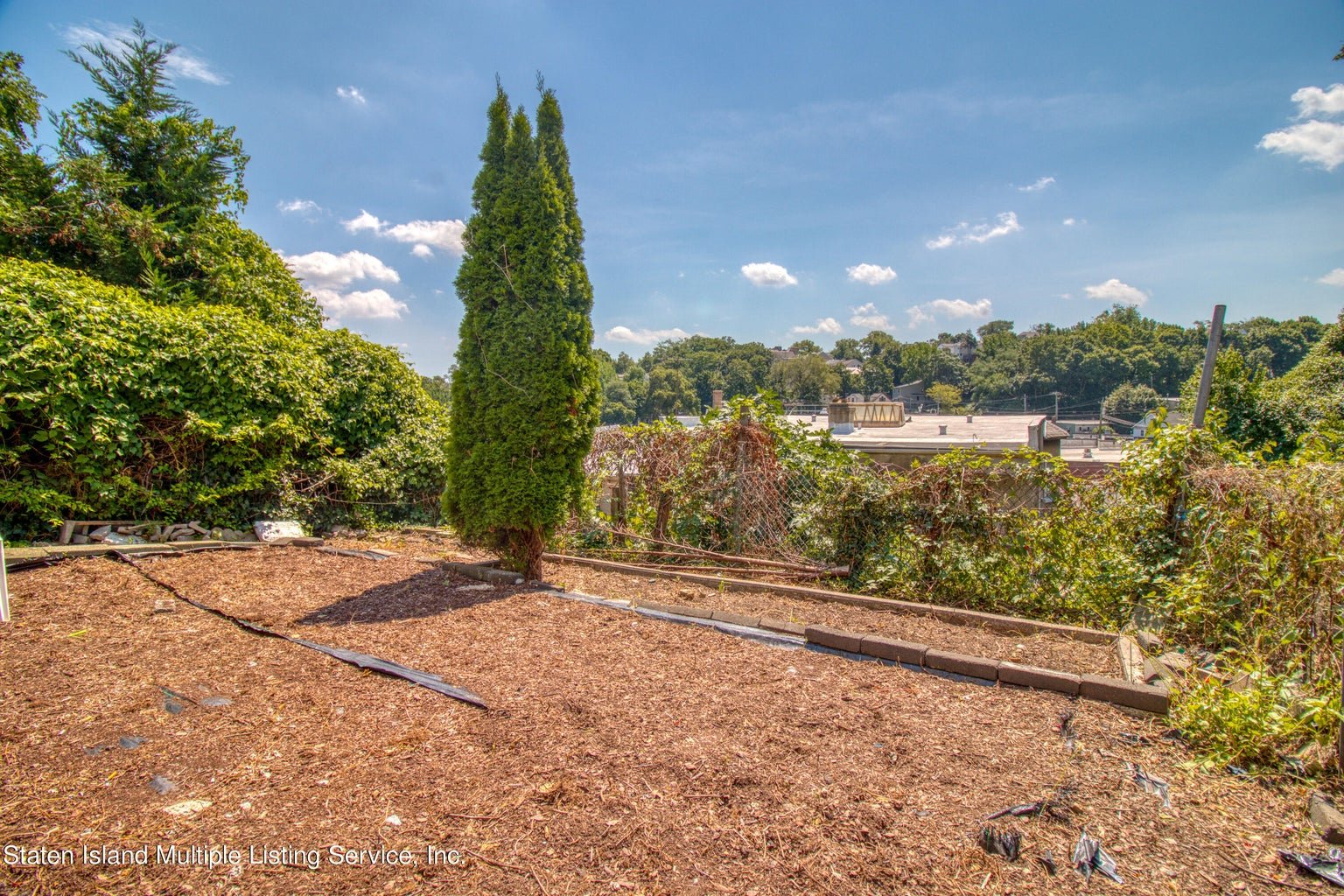All about the Staten Island Neighborhood New Brighton:

Staten Island is broken down into 14 different zip codes from 10301 to 10314 and into 67 different neighborhoods. Throughout this series of blogs, we will be discussing each and every neighborhood on Staten Island as well as breaking down the history, what stands there today and transportation and what community district it falls into. Staten Island is broken up into three different community districts which are: North Shore, Mid-Island, and South Shore.
Today we will be breaking down all the history about the Staten Island neighborhood, New Brighton. This neighborhood is home to the North Shore and zip codes 10301 and 10304. Along the Kill Van Kull, west of St. George, the neighborhood consists of an older industrial and residential port front district. Kill Van Kull, Jersey Street, Brighton and Castleton Avenues, as well as Lafayette Avenue and the Snug Harbor Cultural Center, form the northern, eastern, southern, and western boundaries of New Brighton. It shares borders with West New Brighton to the west, Tompkinsville to the south, and St. George to the east.
Hamilton Park, a cluster of Victorian houses constructed before the American Civil War, is part of the contemporary neighborhood. Several ancient churches may be found nearby, including St. Peter's Church, the oldest Roman Catholic building on Staten Island. On the site of the current Fillmore Street, the old New Brighton Village Hall was built in 1871 and was destroyed in 2004. The Cassidy-Lafayette Houses and the Richmond Terrace Houses on Jersey Street are examples of New Brighton public housing.
Lenape Native Americans who spoke Munsee once lived on Staten Island. The Lenape moved at different seasons; in the summer, they moved closer to the coast to fish, and in the fall and winter, they moved farther inland to hunt and cultivate crops. In 1624, as a part of New Netherland, Dutch immigrants began to live in what is now New York City. Six years after receiving New Netherland from the Dutch in 1664, the British completed a purchase arrangement with the Lenape.
Many British, Dutch, and French inhabitants were there when the territory was turned over to the British, but they lacked clear ownership of the land. The 340-acre "Duxbury Glebe" was one of them. It was donated to Ellis Duxbury in 1708, left to the Protestant Episcopal Church of St. Andrew's 10 years later, and then leased for 54 years by John Bard in 1765. In 1680, Lambert Jansen Dorlant received a second parcel, the western border of which was a creek on Jersey Street today. Salmon Comes, who managed a ferry to Manhattan, had bought it by 1748. By 1765, John Wandel, a molasses distiller who took advantage of the Jersey Street stream to run a facility at the Kill Van Kull at Richmond Terrace and Westervelt Avenue, acquired a portion of the Dorlant land. Near the distillery, a route leading south on St. Marks Place, Hamilton and Westervelt Avenues, and Shore route (today's Richmond Terrace), a North Shore Native American thoroughfare, met.
Former U.S. vice president Daniel D. Tompkins, who bought land on Staten Island's northern region in the early 1810s, was one of the first to advocate for the extensive development of the island. In 1814, Tompkins bought the property of Abraham Crocheron, which was situated on Jersey Street at the time. In addition, he purchased Philip Van Buskirk's property claim, which was situated between the two divided parcels of land, for 700 acres from St. Andrew's Church. Additionally, Tompkins established the Richmond Turnpike Company in 1816 to construct today's Victory Boulevard, launched a ferry service to Manhattan in 1817, and plotted out the neighboring community of Tompkinsville between 1819 and 1821 for future growth. The original farmhouse of the Van Buskirks was afterwards extended and used by Tompkins as his main dwelling. 1825 saw his passing.
Developer Thomas E. Davis purchased the North Shore property owned by Tompkins in April 1834, and Davis made additional purchases of land the following year. Davis eventually acquired ownership of the whole northeastern side of Staten Island, which is bordered on the south by Victory Boulevard, on the west by Sailors' Snug Harbor, and on the north and east by the waterfront. The first five Greek Revival summer cottages were built in 1835 as part of his intention to transform the region into a resort town called New Brighton. Shore Road was renamed to Richmond Terrace. In 1836, Davis sold the project to a five-person syndicate for $600,000, and in April of that year, the New Brighton Association was formally established. Thus, the name "New Brighton" was given to the region on the northeastern coast.
The increasing development in the neighborhood seemingly grew over the years and eventually slowed down. The North Shore experienced almost no new construction after the Panic of 1873. Industries had begun to return to the region by the late 1870s, including J. B. King & Company, whose plaster plant began in 1877. When the Staten Island Water Supply Company was incorporated in 1879, a water system was created, and between 1884 and 1890, a sewage system was installed. The northeastern shore's neighborhood nearest to the ferry docks was given the name "St. George" in the 1880s in honor of developer George Law, who had purchased the waterfront property in New Brighton at a discount. The tycoon Erastus Wiman, who was extending the Staten Island Railway to New Brighton, allegedly promised to "canonize" Law if he agreed to give up the property rights for a new railroad-ferry station there, according to island historians Charles Leng and William T. Davis. Early in 1886, the St. George Terminal began operations, spurring more neighborhood growth. Additional real estate development followed the establishment of additional transit choices, particularly in the vicinity of additional Brighton and St. George stations. In the northern portion of St. George, builders like John M. Pendleton and Anson Phelps Stokes built cottages and homes while existing land owners enlarged their holdings. Even yet, Staten Island as a whole continued to be mostly residential and less crowded and developed than the area around it. The consolidation of Staten Island into New York City in 1898 hastened the area's growth.
The North Shore rapidly developed in the years following reunification, and Staten Island's political and economic core relocated there. Curtis High School, the first high school in the region, debuted in 1904. The next year, city management took over the ferry operations to Whitehall Terminal. Following the union, Staten Island also received more city services including schools, emergency services, new roads, and utilities like an underground water supply. With the construction of the Richmond County Courthouse in 1919 and a new Staten Island Borough Hall in 1906, the neighborhood of St. George became Staten Island's municipal hub. This served as the catalyst for infrastructural upgrades, including the building of roads, increased police and fire protection, and the establishment of two commuter airports on Staten Island in the 20th century. On the north coast of Staten Island, there were outposts of the Navy and the Coast Guard, both of which employed locals in military and non-military positions. New Brighton continued to thrive from there on out and still grows and changes.
New Brighton was served by the New Brighton was serviced by the Staten Island Railway's New Brighton station prior to the North Shore Branch's closure on March 31, 1953. The S40, S42, S44, S46, S52, S90, S94, and S96 are the local bus routes to this day. The neighborhood is also served by P.S. 31, P.S. 373 and I.S. 61 as well as Curtis High School.
As you may see, Staten Island exudes so much history that is still honored throughout our neighborhoods. New Brighton is home to many people from Staten Island. The neighborhood is covered in every corner with many food spots, transportation, parks and schools. This neighborhood is worth learning more about and living.

Looking to buy or sell your home on Staten Island? For all your real estate needs, look no further than Tom Crimmins Realty! Give us a call at (718) 370-3200, and we can provide you with professionally-trained agents who are flexible to all that you’re looking for!
Posted by Tom Crimmins Realty on
Leave A Comment